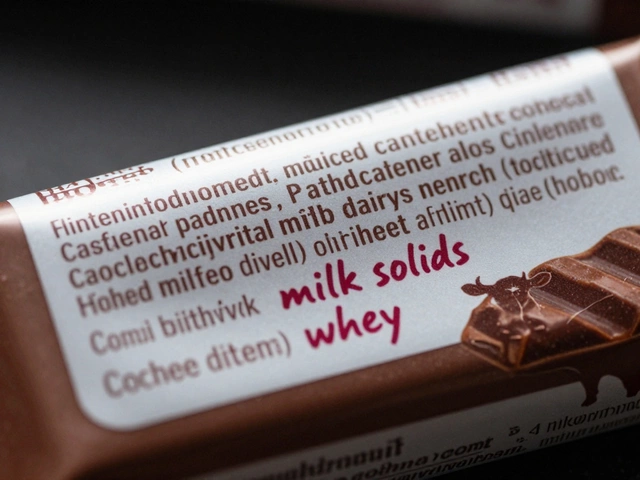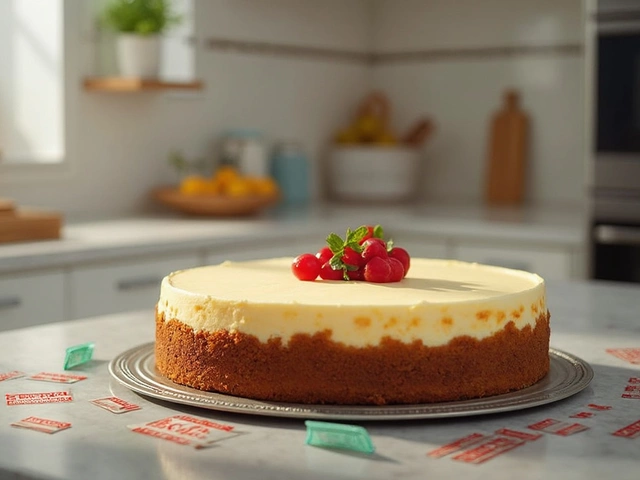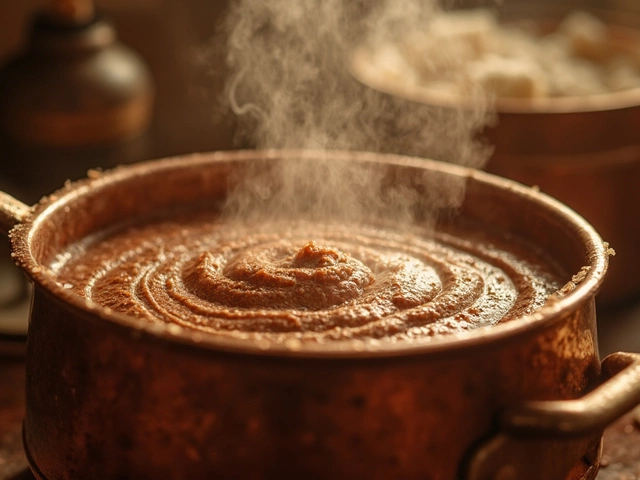French Revolution: Sweet Treats That Survived the Turmoil
When you think of the French Revolution, you probably picture guillotines and angry crowds. But the kitchens kept humming, and some desserts made it through the chaos. Those sweets tell a story of resilience, creativity, and a love for flavor that no politics can kill. Let’s peek at the treats that rose from that stormy time.
What the Revolution Did to French Baking
Before 1789, French pastries were a luxury for the aristocracy. Sugar, butter, and fine flour were expensive, so only the rich could afford elaborate cakes. When the revolution hit, those ingredients became scarce. Bakers had to stretch their supplies, swap out pricey butter for cheaper oils, and use simple syrups instead of refined sugar.
At the same time, the new government wanted food to be more democratic. Public bakeries opened in Paris, offering modest loaves and plain pastries at affordable prices. This shift forced bakers to focus on flavor, texture, and technique rather than fancy decorations.
Classic Desserts You Can Make Today
Even with limited resources, a few classics survived and are still popular today. Madeleines are tiny, shell‑shaped cakes that were originally made with leftover batter. Their simple recipe—flour, eggs, sugar, butter, and a hint of lemon—means you can whip them up with pantry staples.
Clafoutis started as a rustic fruit bake, using cherries tossed into a thin batter. The result is a custardy tart that feels fancy without any fancy ingredients. Just mix eggs, milk, flour, and a pinch of sugar, pour over fruit, and bake.
Tarte Tatin is the upside‑down apple tart that legend says was a happy accident at a hotel kitchen. Caramelize apples in butter and sugar, cover with pastry, and bake. When you flip it, the caramelized fruit glistens like a rebel flag of flavor.
Another survivor is croustade—a simple almond cake flavored with orange zest. Almonds became more available after the revolution because they were easier to grow than wheat. The cake’s bright flavor lifted spirits during hard times.
If you want something quick, try a plain pain aux raisins. The original version used leftover dough, rolled with raisins and a sweet glaze. Today it’s a beloved breakfast pastry, and the recipe still relies on basic dough and a drizzle of honey.
All these treats share one thing: they were born out of necessity, but they taste amazing. The lesson? Great flavor doesn’t need gold‑leaf or extra‑expensive ingredients—just good technique and a pinch of creativity.
So next time you hear about the French Revolution, remember the kitchens that kept simmering. Grab a whisk, pick a simple recipe from this era, and taste a piece of history you can actually eat.

Did Marie Antoinette Really Say 'Let Them Eat Cake?' Uncovering French Cake Delicacies
Did Marie Antoinette truly declare, 'Let them eat cake,' or is it a historical myth? This article dives into the origins of this infamous quote, exploring the lavish world of 18th-century French royalty, and introducing delightful cake recipes inspired by French traditions. Discover the truth behind the phrase and learn how to recreate some mouthwatering French cakes that are steeped in history. It's a delicious journey through time, one recipe at a time.
View More




